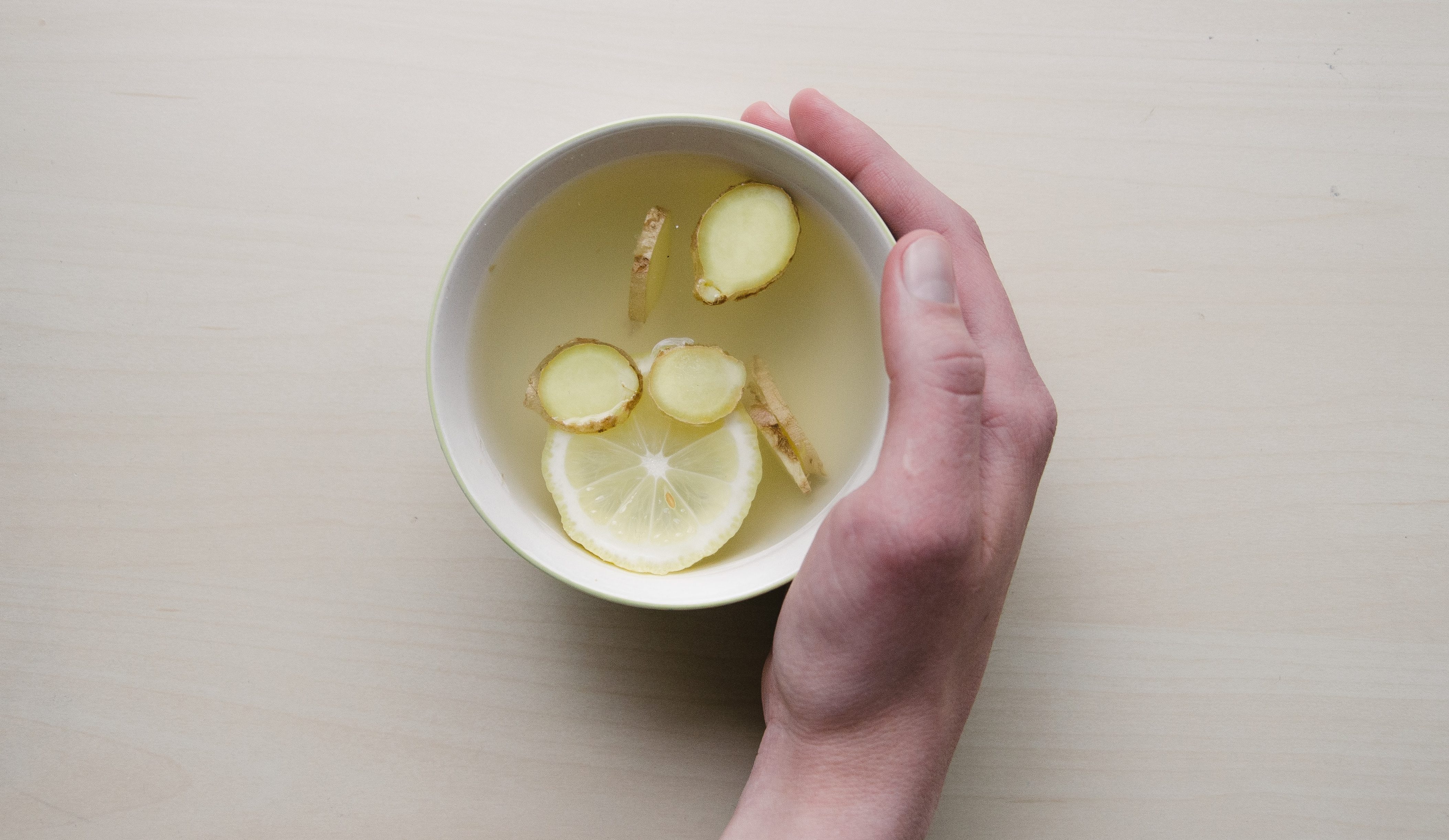You may have heard about green tea’s amazing benefits for the skin. Full of tannins, caffeine and antioxidants, green tea can minimize your oil production and boost your skin’s brightness and natural glow. There are many amazing products based on green tea, such as facial cleansers, scrubs and moisturizers. Or, you can also DIY your tea based skincare products – such as a green tea and honey mask.
The skin is the body’s largest organ, yet it’s all too easy to neglect caring for it properly, particularly if you live a busy and stressful life. However, your skin works hard and goes through a lot. It is constantly exposed to sun and environmental pollutants. Once it becomes damaged, it can be very hard to reverse the harm.
With the right ingredients and products, you can prevent acne, treat wrinkles, and keep your skin glowing. Keep reading for tips and recipes to help you enjoy the incredible skincare benefits of green tea.
Skin health benefits of green tea
People from various cultures have enjoyed the effects tea has on the skin for generations. Centuries ago, as some stories tell it, princesses in Southeast Asia would use green tea extract from the Korean island of Jeju to preserve their beauty.
White, red and black tea all have incredible anti-inflammation and anti-aging properties. However, it is green tea which is best-known for its benefits. These can be enjoyed either by drinking the tea or applying it onto the skin.
All skin types may benefit from drinking green tea or using green tea skincare products. Even if your skin is highly sensitive, green tea is naturally soothing and calming. Here are some of the main compounds in green tea, and how they work to benefit skin health.
Tannins
Green tea is rich in tannins – biomolecules which bind to amino acids in the human body. Tannins have natural antimicrobial properties, which makes them very effective for cleansing the skin.
These anti-inflammatory qualities also minimize redness and inflammation. Green tea based products are an ideal way to treat acne, which is a sign of inflammation in the skin. Tannins also reduce the production of sebum (the skin’s natural oils), which is great if you want a natural remedy for your oily skin.
Caffeine
Green tea contains caffeine, which works in conjunction with tannins to shrink blood vessels and tighten pores. Smaller blood vessels will reduce puffiness and dark circles. Caffeine is a great way to brighten the skin and add a rejuvenated glow to your complexion.
Antioxidants
Green tea is rich in antioxidants such as polyphenols and catechins. These, especially the highly powerful catechin EGCG, neutralize free radicals – unstable, oxygenated atoms which break down cells. By neutralizing free radicals within the body, green tea can effectively reduce and prevent cell damage.
Vitamins
Green tea is full of beneficial vitamins, such as vitamin B2 and vitamin E. B2 is shown to maintain collagen levels, a protein which improves your skin elasticity and promotes a firm, youthful appearance. Vitamin E is also a crucial vitamin, as it supports new skin cell growth. Vitamin E is very hydrating and will help your skin stay soft and nourished.
A natural choice
Many skincare products which reduce oil production also contain harsh chemicals which have negative side effects. However, green tea products such as scrubs, face washes, masks and creams are a fantastic natural alternative. You can also easily make your own green tea skin products so you know exactly what you’re putting on your skin.
Two DIY green tea and honey mask recipes
Making your own face mask is a great way to see how your skin responds to a product formulated with green tea. You may want to splurge on a store bought green tea mask. Or you can use either of these recipes to make your own!
Both of these mask recipes also include honey, which is an incredible ingredient for natural skincare. Honey is known to speed up cell regeneration—helping to heal acne and keep your skin glowing. As a humectant, honey draws moisture into the skin to keep it hydrated, but not oily.
For oily skin: classic green tea and honey mask
This mask is simple to make. All you need are two ingredients: used green tea leaves and honey. It’s a perfect choice if you have sensitive skin and want to use minimal ingredients. Or, if you just want the convenience of a very simple and easy mask, this is the one for you.
Ingredients
- 1-2 tablespoons of loose, previously brewed green tea leaves. If you don’t have loose green tea, you can simply cut open a used tea bag and use the contents.
- 3-4 drops of honey. You can use any variety of honey, but many people recommend raw honey.
How to make it
- Put your used tea leaves into a small bowl.
- Add a few drops of honey. Start with only a little—you can always add more, but it’s not easy to remove honey if you put in too much.
- Stir with a small spoon.
- The mixture should become gritty and sticky from the honey. If it’s watery that’s okay, but a thick mask will be easier to apply.
How to use it
This type of mask can be messy to put on, so it’s best to do this in the bathroom.
- Firstly, remove any makeup and cleanse the skin.
- Use a spoon to evenly spread the mask on your face. Take note of where you feel your skin needs it most. Your forehead, chin, nose or jaw line may need extra attention.
- Leave the mask on your face and hydrate your skin for about 10 minutes. When you’re ready to remove the mask, simply rinse it off in the sink.
TIP: The removal process is a key chance to maximize this mask’s benefits. As you’ve used the coarse tea leaves, you can use these to exfoliate the skin as you rub the mask off your face.
For dry skin: hydrating matcha and honey mask
Using green tea powder (matcha) is a great way to formulate a mask that is creamy and easy to apply. Along with honey and matcha powder, ingredients for this mask include yogurt. Yogurt is deeply moisturizing for the skin and can also reduce acne and other blemishes. If you have dry skin, this creamy mask will be perfect for you.
Ingredients
- 1 teaspoon of matcha powder. Some people recommend organic as it retains more antioxidants. However any variety is fine.
- 1 teaspoon of hot water.
- 2-3 drops of honey. As the yogurt will hold the mask together, you don’t need too much. 2-3 drops should be plenty to reap honey’s natural skin benefits.
- 1 teaspoon of yogurt. It’s best to use a plain Greek style yogurt.
How to make it
- Put your matcha powder into a small bowl.
- Add the water, and mix it with a small spoon. This should dissolve, or mostly dissolve, the matcha powder.
- Add the honey and stir. The heat from the water will help the honey dissolve.
- Finally, stir in the yogurt. This will cool down the mixture and work the mask into a smooth texture that’s easy to apply to the skin.
How to use it
- Remove any makeup you have on and cleanse your skin. Using a brush or your hands, apply the mask mixture in a thin layer.
- You can put it all over your face, or just on areas you think require hydration. You may wish to apply it to the neck and chest area—skin areas which are often overlooked.
- This mask should take 5-10 minutes to dry. When it’s ready, wash it off with warm water.
- Finish with a moisturizer to lock in the mask’s hydrating effects.
How often to use a green tea mask
After either of these masks, your skin should feel calm, hydrated and smooth. For best results, you can use a green tea and honey mask no more than once per week. Using any type of skin mask too often risks stripping the skin of its important natural oils.
Green tea (as leaves or in the form of matcha powder) and honey both have scientifically backed benefits for your skin. It’s affordable and easy to make a DIY face mask to enjoy the effects of these amazing natural ingredients.
Read also: 6 natural tips for a better night of sleep












